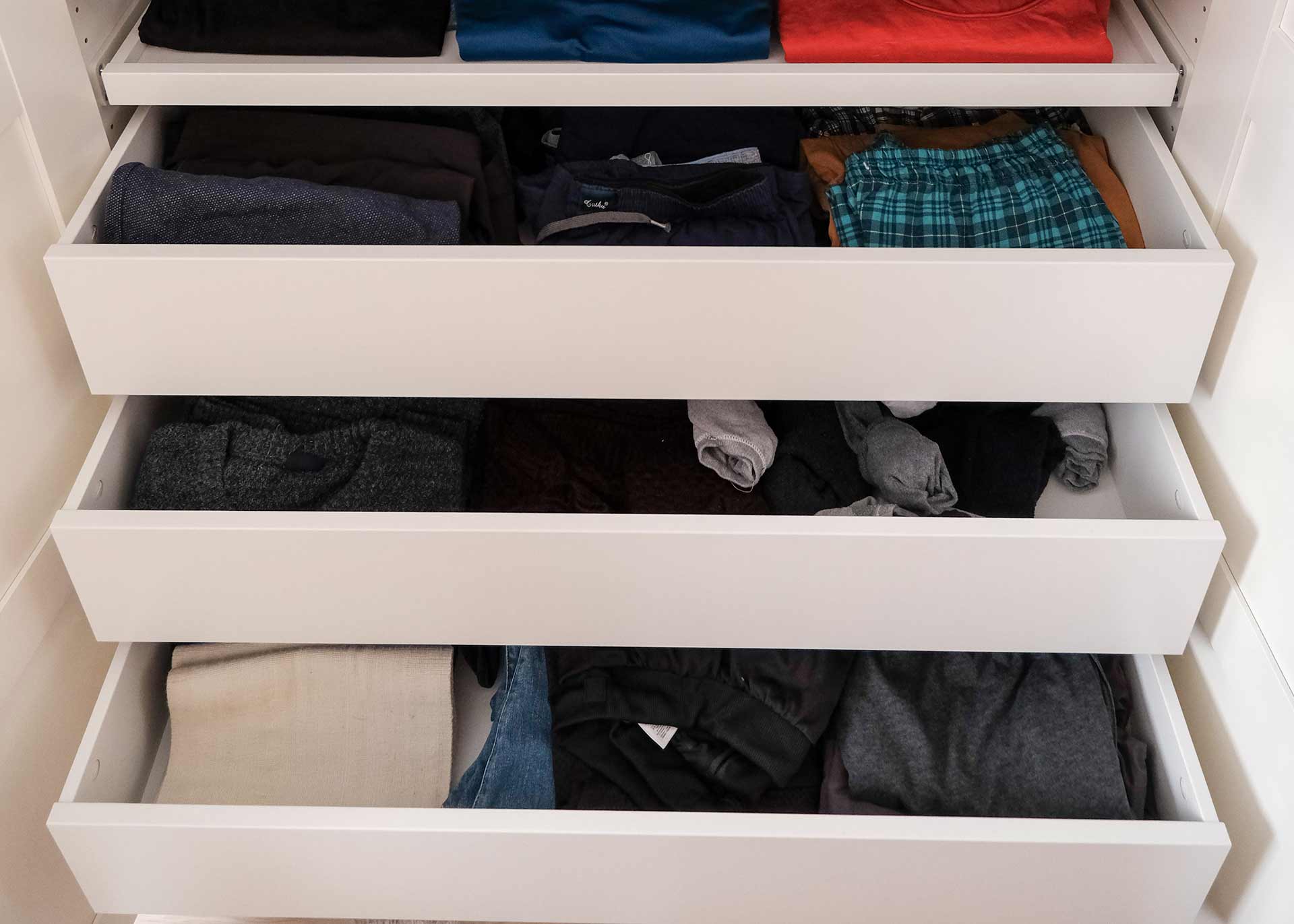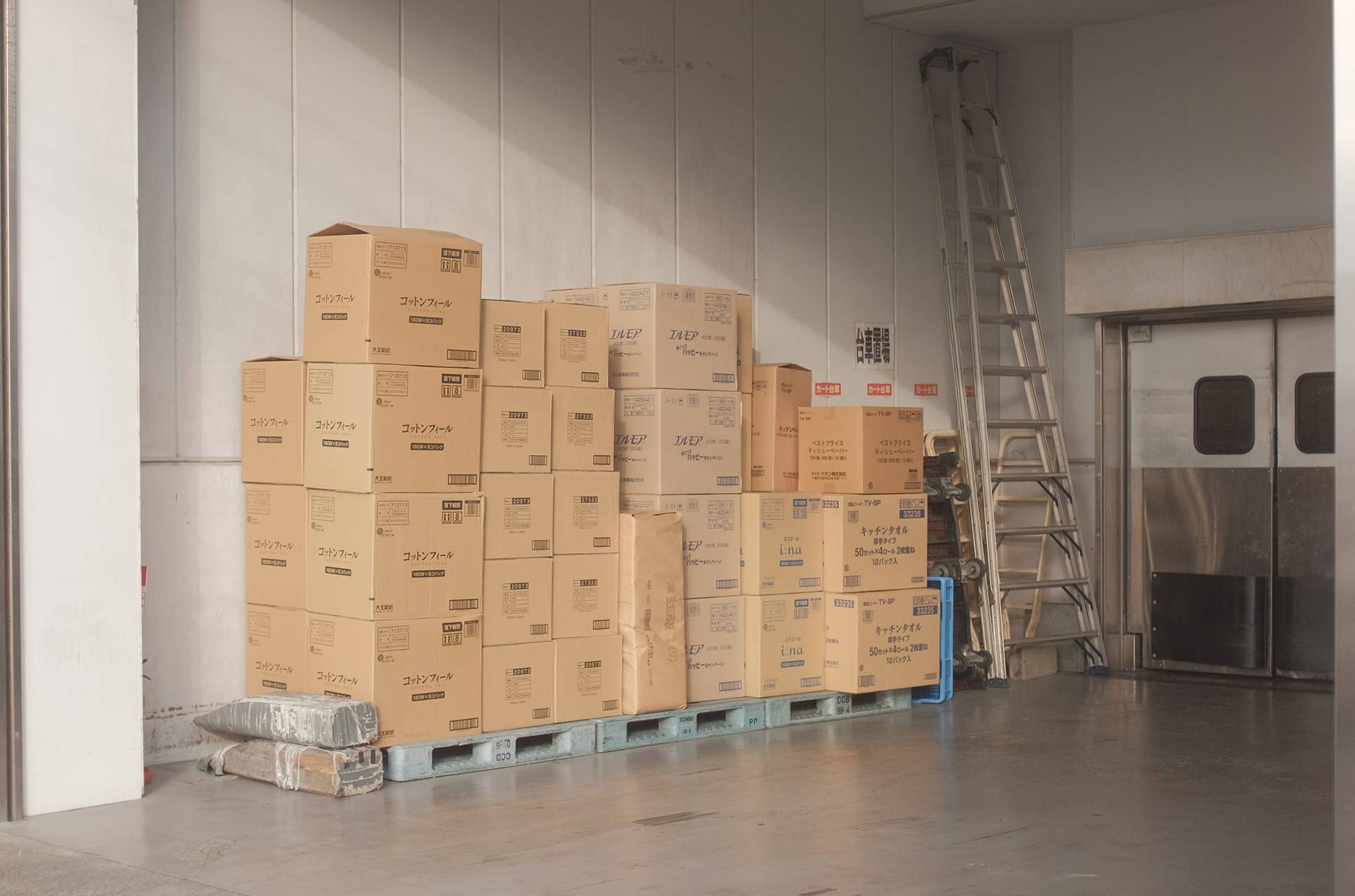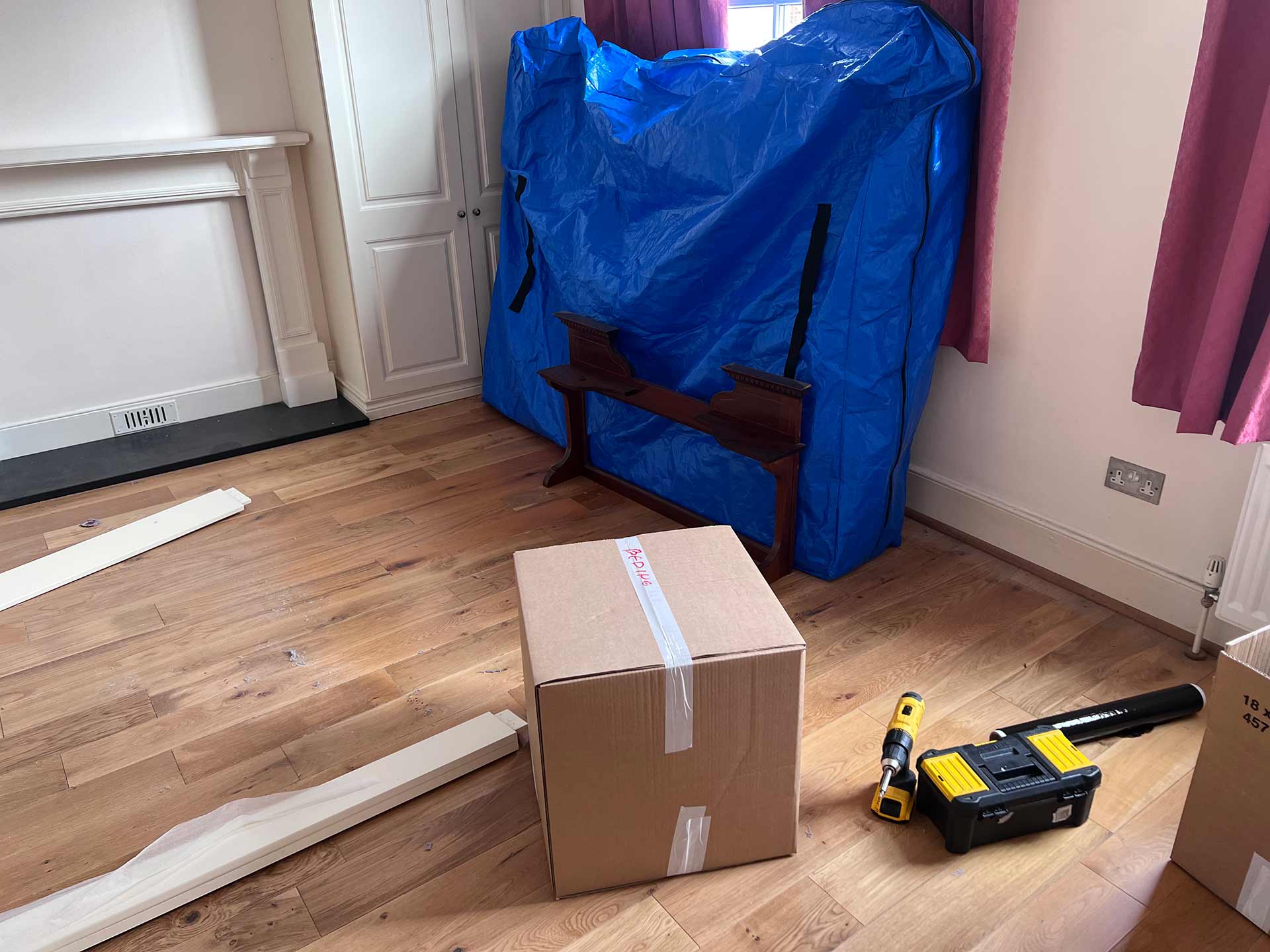You may need to store your clothes for a long time. Whether for seasonal wear or an extended trip, preparing your clothes for long-term storage is essential, even during a house move.
Proper care and organisation are crucial for maintaining your clothes’ longevity and good condition. From sorting your clothes to choosing suitable containers, we’ll outline all the steps to ensure your clothes stay in the best possible condition for the long term.
By following these tips, you can keep your favourite wardrobe pieces ready for future use, maximise space at home, and preserve the quality of your clothes.

Step 1: Organise Your Clothes
Start by sorting through your clothes before storing them. It saves space and makes it easier to organise your clothing for long-term storage.
Go through your wardrobe, creating three piles: keep, donate, and discard. The “keep” pile should include items you love, regularly wear, and are in good condition. The “donate” pile is for clothes still wearable but no longer needed, and the “discard” pile is for items beyond repair or unsuitable for donation.
Evaluate each piece, considering its condition, appearance, and alignment with your style. Keep only items you genuinely love and wear. If something is damaged or no longer fits, consider parting with it.
Once decluttering is complete, create separate piles or areas for clothing categories, such as casual, formal, adult, and children’s wear. This categorization will make long-term storage organisation smoother.
Step 2: Clean and Dry Your Clothes
Before storing your clothes for the long term, it’s essential to ensure they are thoroughly cleaned and dried. This simple yet crucial task lays the groundwork for preserving your clothing and preventing potential damage over time.
Clothes stored without proper cleaning may retain residual odours, stains, or bacteria, leading to unpleasant smells and discolouration, including yellowing. Additionally, clothes can hold onto odours from various sources like perfumes, sweat, food, or smoke. These odours may intensify over time if they must be properly eliminated before storage. Therefore, before storing your clothes, clean them according to their care instructions.
When preparing clothes for long-term storage, ensure they are completely dry to prevent mould and mildew development. This step is critical for maintaining the integrity of your clothing during extended periods of storage.
Step 3: Care and Damage Prevention for Long-Term Clothes Storage
When it comes to keeping your clothes in good condition for the long term, addressing any existing damages is crucial. Before storing them, inspect your clothes for loose buttons, hems, or any other issues requiring repairs to prevent further damage.
Remove detachable accessories such as belts, pins, or brooches, as storing items with attached accessories can damage the fabric over time or create indentations. Ensure buttons are fastened and zippers are zipped up before storing. It preserves the garment’s shape and reduces stress on closures during storage.
Take measures to minimise moisture to prevent mould growth that could harm the fabric during long-term storage. Use moisture absorbers like silica gel packets to reduce humidity levels, creating a dry environment that helps protect your clothes.
Check also:
How to Declutter Your House in One Day?
When Is the Best Time of the Year to Move?
Step 4: Choose Suitable and Strong Storage Containers
When storing clothes at home, it’s best to use breathable containers made of fabric or acid-free materials that allow proper air circulation. Fabric storage bags or acid-free boxes are ideal for preserving your clothes effectively.
If you opt for plastic containers, ensure they are high quality, durable, and equipped with secure lids to shield clothes from dust, pests, and light. Consider using acid-free plastic containers and wrapping clothes in tissue paper to protect delicate items.
Important note: Avoid using cardboard boxes for long-term storage. While cardboard may seem convenient, it doesn’t provide sufficient protection, allowing moisture to seep through and potentially damage your clothes.
Similarly, although vacuum-sealed bags save space, they can compress and distort delicate or natural fibre garments over time, causing them to lose their original shape.
Step 5: Fold and Pack Carefully
When preparing your clothes for long-term storage, folding and packing them is crucial for preserving their condition and making the most of storage space.
For stability, begin by placing heavier clothes, such as jeans or sweaters, at the bottom of your storage container. Then, layer lighter items on top to protect delicate pieces from unnecessary pressure and reduce the risk of wrinkles or damage.
Choose a folding method that suits your preference. For example, the rolling process is excellent for t-shirts or lightweight pants. Folding maintains order, making it easier to locate specific items later, and prevents containers from being overfilled. It protects clothes from losing shape and ensures they are easy to retrieve and iron when needed.
Remember, resist the urge to overstuff your containers. Bringing too many clothes into one space can prevent garments from losing shape and becoming challenging. Provide your clothes with some breathing space by avoiding excessive stuffing.
Step 6: Make an Inventory List
Creating an inventory is a vital step to help you keep track of each piece of clothing. With an inventory, you’ll have a clear record of the clothes you’ve stored and their containers. It makes the storage process more straightforward and efficient, as you’ll know exactly where to find a specific item when needed.
Maintaining an inventory is especially useful for storing seasonal clothing. It allows you to identify and switch out items as the seasons change quickly. Taking the time to create an inventory provides peace of mind, knowing your clothes are well-organised and easily accessible whenever required.
Step 7: Choose the Right Storage Spot
It is crucial to select an optimal place to store your clothes and keep them in good condition. The perfect storage location should be clean, dry, well-ventilated, and maintain stable temperature and humidity.
While some people consider garages, lofts, or attics for clothes storage, these areas may only partially meet the criteria for proper clothing storage. To address this, you can:
- Ensure the storage area is clean and free of dust particles that can settle on clothes over time.
- Opt for a dry environment with good ventilation to prevent moisture buildup and musty odours.
- Avoid areas with direct sunlight to prevent fabric fading and damage; use blinds or curtains if needed.
- To deter insects, keep the storage space pest-free by using mothballs or cedar blocks.
- Place containers on shelves or raised platforms to avoid direct contact with the garage floor.
- Refrain from stacking heavy items on clothes to prevent compression and damage.
If space is limited, consider professional storage services for assistance. Specialists can cater to your long-term storage needs, providing optimal conditions for your clothes and ensuring peace of mind for their preservation.
Step 8: Regularly Check Your Stored Clothes
Periodically checking your stored clothes is crucial to maintain their condition and prevent potential damage. Regular inspections help you identify issues like mould, moisture, or pests before they cause significant harm. During these checks, assess the storage area, inspect garments for damage or pests, and make necessary adjustments.
Incorporating these routine inspections ensures your outfits remain well-maintained and ready to wear. These checks catch issues early, allowing prompt action to preserve the quality and longevity of your clothes.
How long does it take to keep clothes in storage?
The time clothes should be in storage varies based on individual circumstances and preferences. Generally, it’s advisable to limit storage to 12 months. Air and refold clothes before storing them again to minimise the risk of damage. Delicate fabrics or high-end clothing may need more frequent wear and careful maintenance, while everyday wear may withstand longer storage.
Storage environment quality is crucial for safe storage. Creating suitable conditions allows extending storage for certain items. Extended storage increases the risk of damage and fading. To ensure longevity, periodically reassess storage needs and review items to determine if they still serve a purpose.


